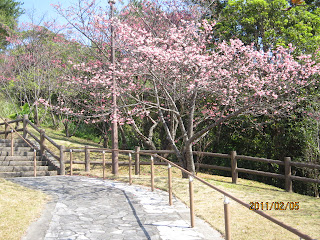Hibiscus Inn, the hideaway, is located at the northeast of the community. A beach is just a two-minute walk from the place. Despite the beautiful natural and pastoral setting, the accommodation fee, to my surprise, is kept at minimal.
Click here for the details of their accommodation.
The kitchen is equipped with practically every utensil.
Buy fresh ingredients at local shops and cook your home-made food away from home.
One of the bedrooms equipped with two single beds, an air conditioner, etc.
The inn master kept the interior of this traditional room unaltered in order for guests to experience what it is like living in a genuinely traditional Okinawan house.
The exterior of the inn. A large glass fishing buoy in a rope net hangs underneath the traditional Okinawan red-tiled eave. The rusty red bicycle was once actually used at a Japanese post office, now resting here as a decorative item.
The glass fishing buoy hangs near the entrance. A rusty retro lamp shade with bare light bulb creates a nostalgic atmosphere at the doorway on the right.
This west side of the inn has every charm of a traditional Okinawan house; the red-tiled roof, broad eave, wooden pillars to support the eave, thin glass windows, the wooden shutters, an Okinawan lemon-lime tree on the left...are all part of the characteristic features you can find in many old residential houses in Okinawa.
Address: 3571 Imadomari, Nakijin Village, Okinawa, Japan










































